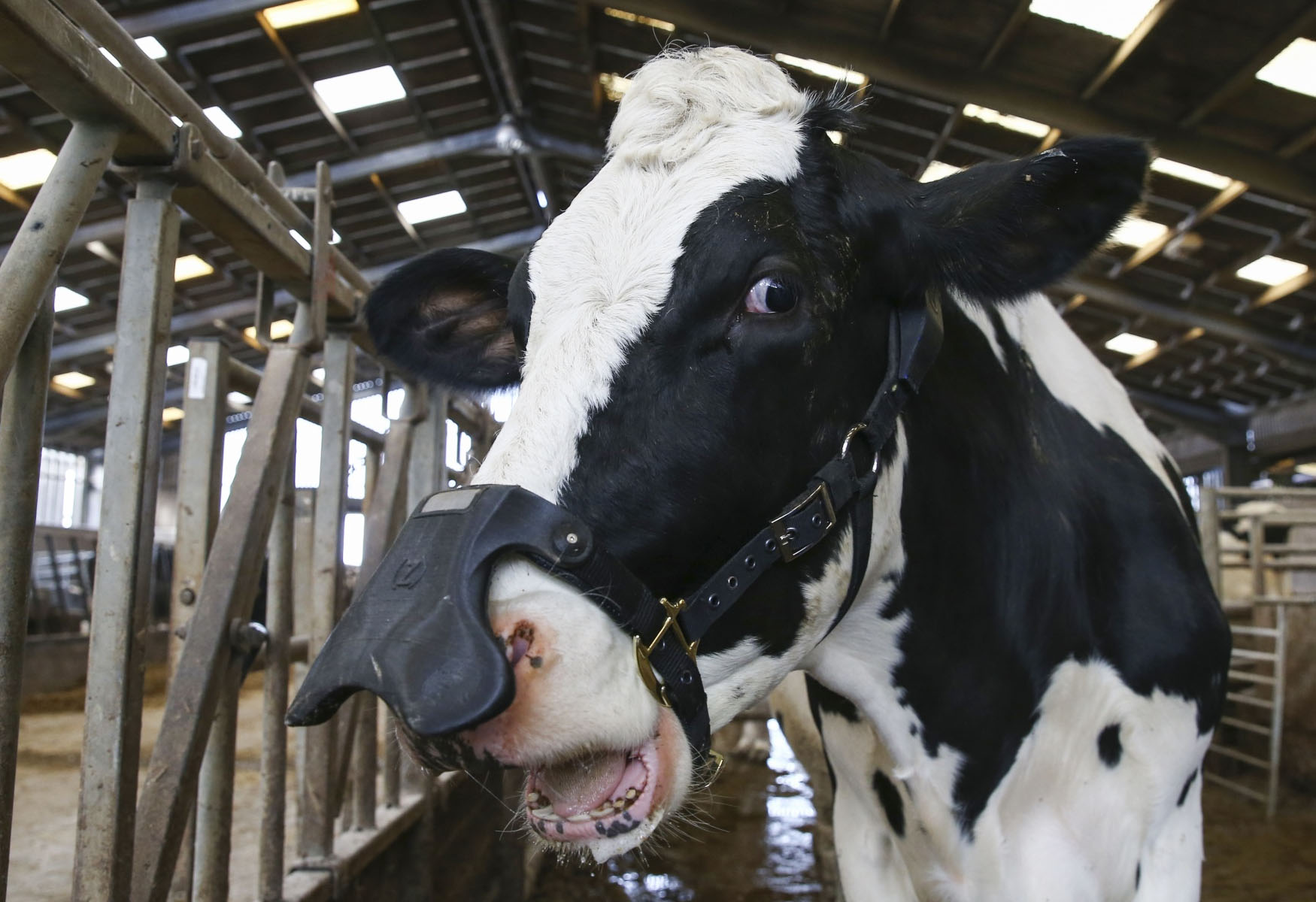The Surge in Climate Innovation Funding
In recent years, there has been a significant surge in funding for climate innovation. Venture capital for climate tech has grown from $3.7 billion in 2015 to $17 billion in 2020, and a staggering $53 billion in 2021. While these numbers are impressive, they still fall short of the annual funding gap of over $4 trillion required to limit global warming to 1.5°C. Moreover, much of this funding remains concentrated in specific markets and sectors, with 81% of venture capital being invested in the U.S., Europe, and East Asia, primarily focusing on transportation and electricity.
Key Takeaway
Funding for climate innovation has significantly increased, but more support is needed to bridge the funding gap and ensure equitable outcomes. Philanthropy plays a critical role in nurturing impact-focused innovators and supporting grassroots climate solutions that may otherwise be overlooked. By investing in underestimated communities and expanding funding to diverse innovators, we can create a more sustainable and climate-stable future.
The Funding Shortfalls and Missed Opportunities
Unfortunately, these funding shortfalls translate into missed opportunities for climate action where it is needed most. The majority of philanthropic funding for climate mitigation constitutes less than 2% of total philanthropic giving, totaling around $10 billion in 2021. Only a third of foundations are actively considering funding climate efforts. This hesitancy within the philanthropy sector has limited the support available for impactful grassroots innovators.
The Role of Philanthropy in Nurturing Climate Innovators
Philanthropy plays a crucial role in nurturing impact-focused innovators who often face the challenging “valley of death” between launching an idea and demonstrating a viable business model. Philanthropic funds can be deployed to support valid novel climate solutions that may be overlooked by traditional venture capital entities. By investing in these innovators, philanthropy can bridge the gap between climate goals and reality, leading to more sustainable, culturally responsible, and anti-colonial solutions.
Investing in Underestimated Communities and Grassroots Organizations
To achieve equitable outcomes for climate action, it is imperative to invest heavily in underestimated communities, grassroots organizations, and historically underfunded communities. These communities often contribute the least to the climate crisis but bear the brunt of its repercussions. By supporting local innovators, we can not only close the gap between climate goals and reality but also develop solutions that are more attuned to local context and needs.
Overcoming Barriers to Funding Grassroots Solutions
Funding grassroots climate solutions comes with its own set of challenges. Many of these solutions require capital-intensive hardware development, making them more expensive to prototype, pilot, and validate. Additionally, some crucial work, such as protecting Indigenous land rights, may never yield market-rate returns and will rely on concessionary capital or government support. Philanthropic funding is well-suited to serve as risk capital in these cases.
However, expanding support from venture and philanthropic funding to global grassroots solutions requires overcoming barriers such as identifying and validating feasible grassroots solutions in emerging markets, building trust and collaboration, and streamlining reporting and production requirements for smaller organizations. Using intermediaries to connect funders with vetted promising ideas can help efficiently channel resources to grassroots innovators and foster knowledge exchange.
The Path to Impact: Investing in Grassroots Climate Innovators
The innovators who will shape and anchor an equitable, thriving, and climate-stable future are already hard at work in their communities. As interest in funding climate solutions continues to snowball, both the philanthropy sector and investors must look beyond traditional sources and towards innovations from emerging economies and underestimated communities. Over time, investing in diverse innovators will prove to be a pragmatic solution to address the pressing climate crisis.

























